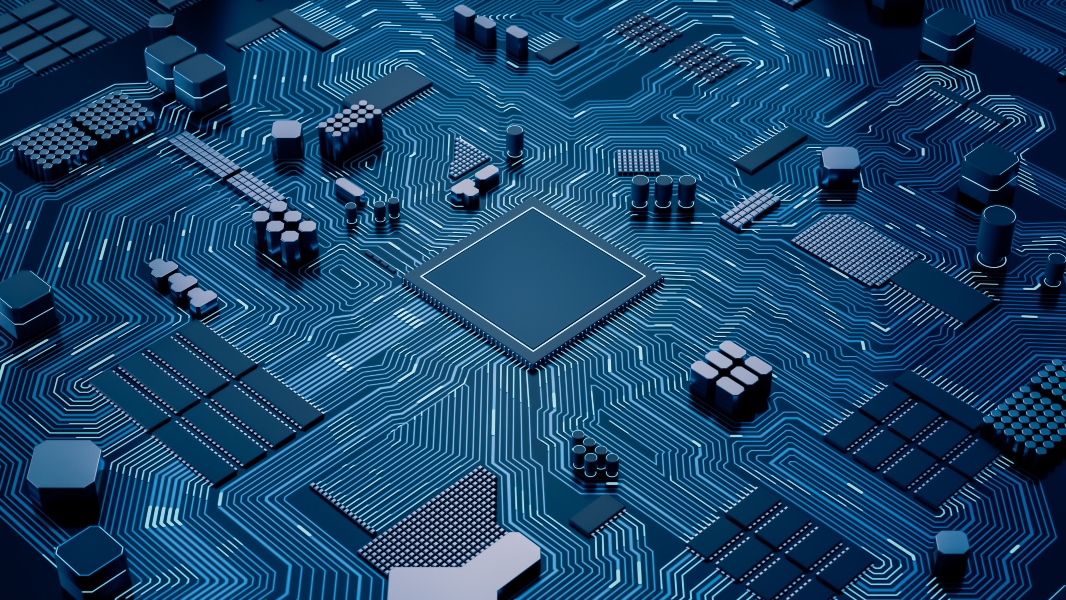Quantum computers, known for their immense computational power, hold the potential to revolutionize various industries, including consumer video processing. By leveraging the principles of quantum mechanics, quantum computers can significantly enhance video processing, compression, streaming, and content creation.
Advanced algorithms are a key factor for enhancing video compression. Quantum computers can optimize these algorithms far beyond the capabilities of traditional computers. Current compression techniques, such as H.265/HEVC, rely on complex algorithms to reduce file sizes while maintaining quality.
Quantum algorithms could take this a step further by finding optimal compression methods that reduce data loss, leading to smaller video file sizes, The Quantum Leap blog explains. Quantum computers could efficiently handle the massive datasets associated with high-resolution videos, enabling faster compression and decompression processes, which would make streaming high-resolution content more feasible, even on devices with limited bandwidth.
These computers could revolutionize the way content delivery networks (CDNs) operate by optimizing the routing of data across networks. This would ensure that video content is delivered with minimal latency, reducing buffering times, and improving the overall streaming experience. Quantum algorithms could also dynamically adjust the quality of streamed content based on real-time network conditions, providing seamless viewing even under fluctuating bandwidth.
Why Quantum Computing Benefits Video Processing
Just to give you an idea of the potential for quantum computers, the magic lies in a phenomenon known as “entanglement.” This occurs when particles become interconnected, allowing them to remain linked even when separated by vast distances. Traditional computers process information using binary 1’s and 0’s. But two entangled qubits can take values of four traditional bits.
Qubits can represent eight combinations, following the mathematical relationship where n qubits = 2ⁿ bits. Applying this logic to increasing numbers of qubits produces the data shown in Fig 1. Column 1 represents the number of qubits, column 2 the equivalent number of traditional bits, and column 3 the corresponding PC RAM. For instance, 13 qubits can equate to 1KB of RAM.
High-performance gaming computers typically run at around 4GHz, or 4 billion cycles per second. Using this as a baseline, we can scale up the data in Fig 2. For example, 100 qubits are equivalent to a million trillion bytes — a modern traditional computer would take 10 trillion years to accomplish this task!
So Where’s All the Quantum Video Processors?
One of the major challenges is integrating quantum systems with existing infrastructure. Quantum computers require highly specialized environments and are not as accessible or user-friendly as today’s PCs. As an example, it operates at such high speeds it requires induced cooling reducing the operating temperature to absolute Zero (-273 degrees C) to keep it from burning up. Bridging this gap will require significant advancements in hardware and software.
As quantum technology progresses, its integration into the consumer video industry could transform how we create, share, and experience visual content. Achieving this will undoubtedly require more sophisticated testing techniques, which DPL Labs will continue to lead the way in developing.







